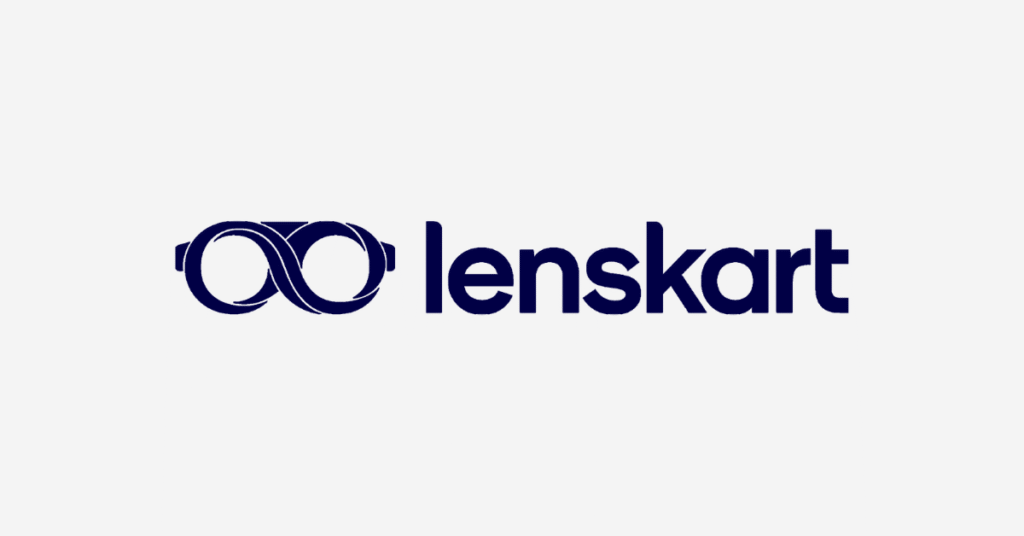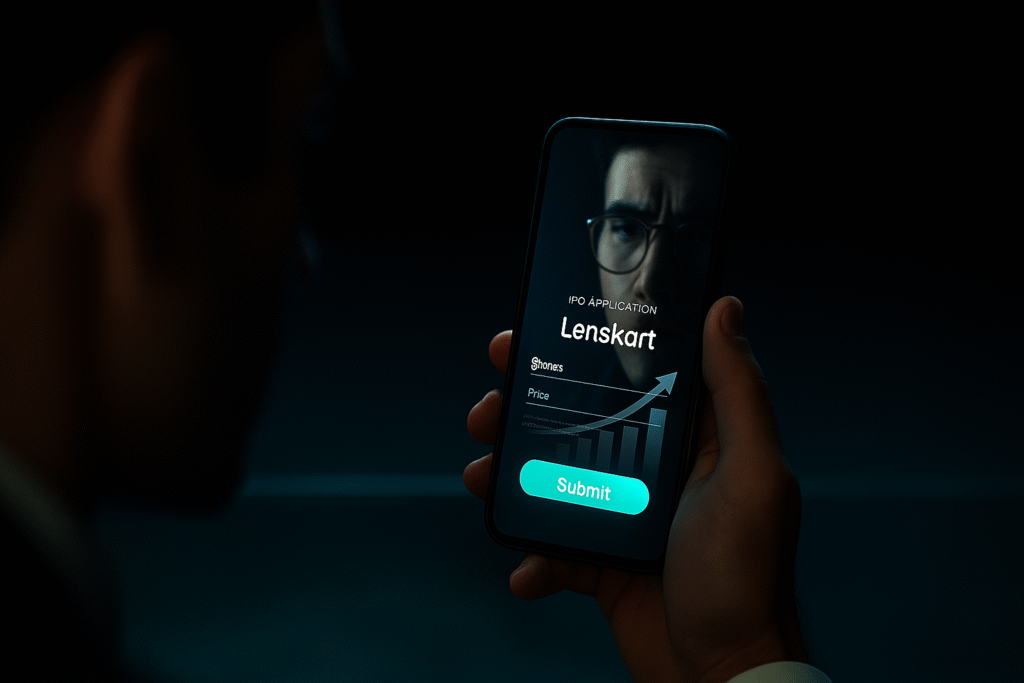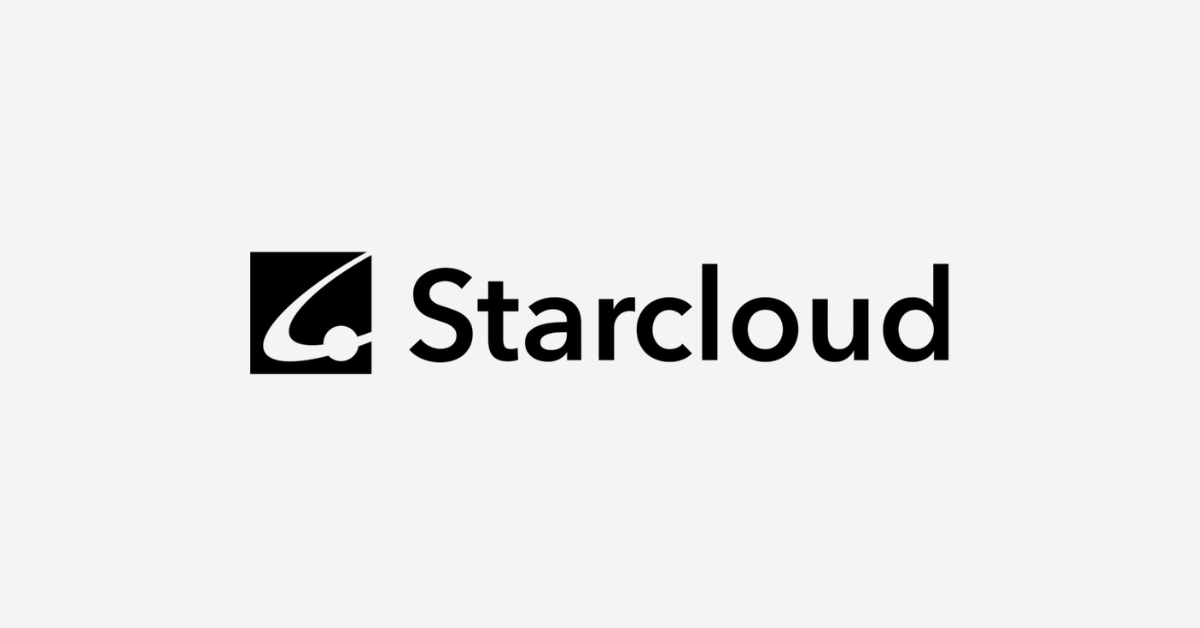- Home
- /
- Venture Capital
- /
- Lenskart IPO: A ₹7,300 Crore…
Introduction: A Retail Disruptor Goes Public
The Indian stock market is buzzing, and the sound is growing to a crescendo around one of the most anticipated public offerings of the year: the Lenskart IPO. This isn’t just another company going public. It’s a test. A test of investor appetite for a homegrown, profitable-but-highly-valued consumer brand in a market that has been both generous and fickle.
Lenskart, a name synonymous with affordable and accessible eyewear for millions of Indians, is preparing to raise a colossal sum, reportedly around ₹7,000 crore. But as the details emerge, the conversation has shifted from simple excitement to a more nuanced debate. Is Lenskart a visionary disruptor, or is its IPO a sign of a market overheating? Let’s put on our analytical lenses and take a closer look.
The Lenskart Story: More Than Just Spectacles

Founded in 2010 by Peyush Bansal, Amit Chaudhary, and Sumeet Kapahi, Lenskart began with a simple mission: to solve the problem of affordable and reliable eyewear in India. They saw a gap in the market dominated by unorganized players and expensive international brands. Over a decade later, they have not just filled that gap; they have redefined the category.
With over 2,500 stores across the country, a robust online platform, and a brand that has become a verb for buying glasses, Lenskart’s growth is undeniable. They have successfully tapped into the rising demand for fashion eyewear, blue-light glasses, and contact lenses, creating a one-stop-shop for all vision needs. Their appearance on the popular show “Shark Tank India” only solidified their founder’s status as a visionary entrepreneur.
Some key strengths
- It claims to control much of the value chain: from design to manufacturing to retail. This can deliver better margins.
- It’s riding the trend that eyewear is no longer a niche: as vision correction, fashion and health converge, more people in India (and abroad) buy glasses, sunglasses and contact lenses.
- It has grown into a national brand in India with global presence, making it more than just a local store chain.
These factors create the pitch: a consumer brand, tech-enabled, potentially scalable, with room to grow both in India and abroad.
Financials & Growth Snapshot

Let’s look at what the numbers say and how growth is shaping up:
| Particulars | Value (₹ Crores) | Context |
| Total Revenue | ₹6,652 crore | Up 22.6% Year-on-Year, showing consistent growth. |
| Net Profit (PAT) | ₹297 crore | A turnaround from previous losses. Crucially, this figure includes a significant one-time, non-cash accounting gain (for example, related to the Owndays acquisition). |
| Post-Issue P/E Ratio | ~230x to 285x | This is the metric causing the most controversy. It implies a very ambitious growth trajectory is already factored into the price. |
| EV/Sales Multiple | ~10x | Enterprise Value to Sales ratio. |
The IPO Blueprint: What We Know So Far

While the final Red Herring Prospectus (DRHP) is yet to be filed, multiple reports from sources like Livemint, Moneycontrol, and The Financial Express have painted a clear picture of what to expect.
- Size and Valuation: The IPO is expected to be worth up to ₹7,000 crore (approximately $840 million). This will likely be a combination of a fresh issue of shares (where the company raises new capital for expansion) and an Offer for Sale (OFS), where existing investors like SoftBank, Kedaara Capital, and the founders sell a part of their stake. The company is reportedly seeking a staggering valuation of over $10 billion.
- Use of Proceeds: The fresh capital raised is intended to fuel Lenskart’s next growth phase. This includes expanding its retail footprint in India and key international markets like Southeast Asia and the Middle East, bolstering its supply chain and manufacturing capabilities, and investing in technology to enhance the customer experience, both online and in-store.
IPO Snapshot: Size, Structure, and Use of Funds
- Total Issue Size: ₹7,300 crore
- Offer for Sale (OFS): ₹5,128 crore
- Fresh Issue: ₹2,150 crore
- IPO Price Band: Up to ₹402 per share
- Valuation: ₹69,912 crore, translating to 235x PE and 72x EV/EBITDA
Proceeds from the fresh issue will fund store expansion (₹272 crore), lease payments (₹591 crore), tech upgrades (₹213 crore), branding (₹320 crore), and inorganic growth (₹752 crore).
How Lenskart Compares with Peer (Studds Accessories)

Often analysts look at similar companies to benchmark risk-reward. One peer here is Studds Accessories, a helmet and two-wheeler accessory maker which also got public-issue attention.
Studds key facts
- Studds IPO price band: ~₹557-₹585.
- GMP for Studds: ~₹63-₹67 (about 10-11% premium).
- Experts say Studds, being a more mature, simpler business, carries lower risk albeit lower potential uplift.
Lenskart vs Studds: Key differences
- Business model: Lenskart is tech-plus-consumer plus global; Studds is more traditional manufacturing-retail.
- Valuation: Lenskart is much more aggressively valued. Studds appears cheaper comparatively.
- Risk and upside: With Lenskart you get higher upside (if growth continues) but higher risk. With Studds you get more modest expectations.
From this comparison, one takeaway is that if you’re a conservative investor you might feel Studds is “safer”. If you’re more growth-oriented and willing to ride risk, Lenskart offers more potential.
The Great Debate: Bull vs. Bear on Lenskart’s Valuation

This is where the IPO gets interesting. The financial community is deeply divided, and the arguments on both sides are compelling.
The Bull Case: The Visionary Disruptor
Proponents see Lenskart as a classic, high-growth consumer story.
- Market Leadership: It holds a dominant position in the organized eyewear market in India, a market with immense headroom for growth given the country’s massive population and rising rates of myopia.
- Profitability: Unlike many tech startups that go public, Lenskart is already profitable. This is a significant strength, insulating it from the pressures faced by cash-burning companies.
- The Omni-Channel Flywheel: Its seamless integration of online and offline channels is a powerful competitive advantage. Customers can browse online, get an eye test at a store, and have glasses delivered to their home. This model is hard for competitors to replicate at scale.
The Bear Case: A Blurry Valuation?
The skeptics, including veteran investor Shankar Sharma, have raised serious questions.
- The “Dumbest IPO Market” Comment: Sharma famously slammed the backlash against Lenskart’s pricing, not by defending the company, but by stating that “India is the dumbest IPO market” where investors happily buy overpriced offers. His point was that the market has a history of overpaying for IPOs, and Lenskart is just the latest example.
- Rich Valuation: A $10 billion+ valuation is a steep ask. As noted in a BusinessLine analysis, this puts Lenskart’s valuation at a significant premium to its global peers and even other Indian consumer companies. The question is whether its future growth can justify this premium.
- Execution Risks: Rapid expansion, especially in diverse international markets, carries inherent risks. Managing supply chains, cultural differences, and new competitive landscapes is a complex challenge.
The GMP Signal: What’s the Street Betting?

The Grey Market Premium (GMP) is an unofficial indicator of market sentiment ahead of an IPO. As per recent reports from Livemint and Financial Express, Lenskart’s GMP has been strong, suggesting that traders in the unofficial market are expecting a healthy listing gain. However, it’s crucial to remember that the GMP is a speculative and volatile measure, not a guarantee of performance. Comparing it to the GMP of other IPOs, like the highly successful Studds Accessories, provides some context, but each company’s fundamentals are unique.
The Final Verdict: To Apply or Not to Apply?

For the retail investor, the Lenskart IPO presents a classic dilemma of growth versus value.
If you believe in the long-term India consumption story and have confidence in Lenskart’s ability to execute its expansion plans flawlessly while maintaining profitability, then this IPO could be a core part of your portfolio. You are betting on the company becoming a global eyewear behemoth.
However, if you are valuation-sensitive and wary of the hype surrounding recent IPOs, you might want to adopt a wait-and-watch approach. You could consider waiting for the company to list, let the initial volatility settle, and then analyze its quarterly earnings reports post-listing before making an investment decision.
Recommended Reading

For those looking to deepen their understanding of investing and market dynamics, here are some foundational books:
- “The Intelligent Investor” by Benjamin Graham: The bible of value investing, teaching the principles of defensive and long-term investing.
- “Common Stocks and Uncommon Profits” by Philip Fisher: A classic on growth investing, focusing on how to identify companies with high potential for long-term growth.
- “Dhandho Investor” by Mohnish Pabrai: A fantastic book that simplifies high-return value investing frameworks with an Indian-American context.
- “The Little Book That Beats the Market” by Joel Greenblatt: Introduces a simple, effective formula for ranking and picking stocks.
Lenskart IPO FAQ

Q1. When is the Lenskart IPO date?
A: The exact date has not been officially announced yet. The company is expected to file its DRHP with SEBI in the coming months, with the public offering likely to open in late 2025 or early 2026.
Q2. What is the expected Lenskart IPO price band?
A: The price band has not been set. It will be announced closer to the IPO launch date once the company and its investment bankers finalize the valuation.
Q3. What is Lenskart’s IPO GMP?
A: The Grey Market Premium is highly dynamic and changes daily based on unofficial market sentiment. It’s best to check the latest financial news websites closer to the IPO date for the most current GMP.
Q4. What are the major risks of investing in this IPO?
A: Key risks: high valuation (leaving little margin for error), execution risk of scaling, supply chain/import dependence, slower than expected growth, retail market headwinds.
Q5. Who are the main shareholders/promoters?
A: Promoters include founder-CEO Peyush Bansal and co-founders, as well as major investors like SoftBank Group, Temasek Holdings and Kedaara Capital.
Q6. How can I apply for the Lenskart IPO?
A: You can apply through your stockbroker’s trading app or website using the UPI payment method, which is the standard process for all IPOs in India.
Q7. Is Lenskart a profitable company?
A: Yes, but a significant portion of FY25 profits came from treasury income, not core operations.
Q8. What is the lot size for the IPO?
A: The lot size (the minimum number of shares you can apply for) will be announced along with the price band.
Conclusion: More Than Just an Offering

The Lenskart IPO is a microcosm of the modern Indian market. It represents the clash between ambitious founders, eager investors, and the sobering reality of numbers. It’s a story of a made-in-India brand with global aspirations, asking the public to buy into its vision, quite literally.
Its success or failure will not just be measured in listing gains but in the signal it sends to other Indian unicorns waiting in the wings. The market is about to put on its glasses and take a vision test. The results will tell us a lot about what we see for the future.












Leave a Reply